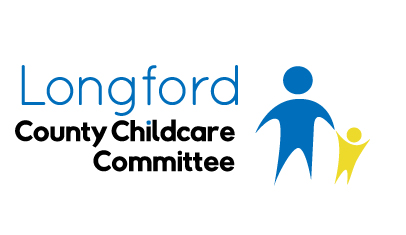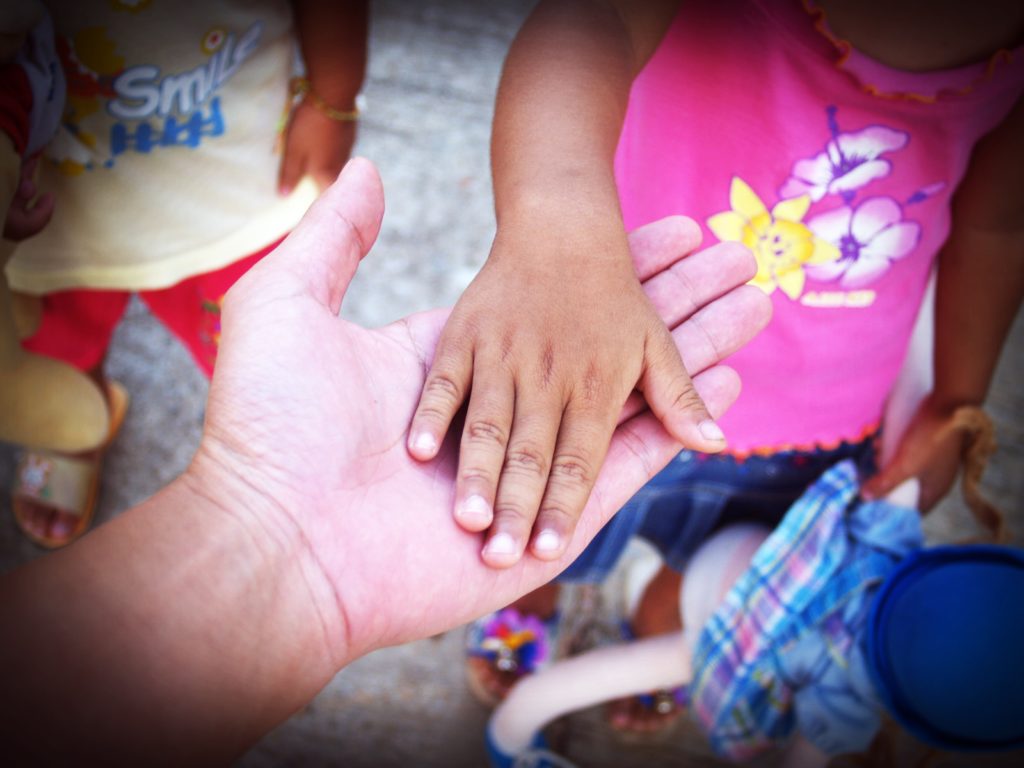Inclusion in your Early Years Setting refers to a process involving a programme, curriculum or educational environment where each child is welcomed and included on equal terms A child can feel they belong and can progress to his/her full potential in all areas of development (National Childcare Strategy 2006-2010)
Anti Bias Approach
In your own service it is important to review your policies, procedures and curriculum regularly to ensure that you are including inclusion in your early years setting and that it is evident at all times. The activities you provide in everyday learning should reflect on the diversity of all who attend and work in your service. You can develop an anti-bias approach in your setting by using the Goals for Adults and Goals for Children from the DCYA Diversity Equality and Inclusion Charter and Guidelines for Early Childhood Care and Education. These goals allows you, as the educator, to examine your own culture, attitudes and values. They also influence your practice and support each child’s identity and their sense of belonging, and hence ensure that your service shows inclusion in everyday practice.
Partnership with Parents:
Working in partnership with parents and your role in this partnership should be re-evaluated regularly. How do you communicate with parents? What do you do where language and literacy is an issue with communication? How do you include families in the daily learning activities in your setting? Theses are questions you should ask your team to examine what your approach is and can be in the future. If you don’t have an answer, discuss it as a team and seek advice. Good strong links with parents helps your service to work towards inclusion in your early years setting.
Physical Environment:
Consider the physical environment of your setting and it’s role in your day to day learning when looking at inclusion in your early years setting. Think about imagery and how it is interpreted? Are the children’s identity evident in your setting? It is important to provide a non-stereotypical environment with regards gender, race, ability, culture and ethnicity. Look around your room and your outdoor environment and think about the children who are using this learning environment. Do you think their identity is included in the physical environment ? Is inclusion in early years evident in your physical environment?
Diversity, Equality and Inclusion Charter Guidelines for Early Childhood Services
In 2016 the Department of Children and Youth Affairs launched the Diversity, Equality and Inclusion Charter Guidelines for Early Childhood Services. These guidelines were first produced in 2006 by the then Office of the Minister for Children and were reviewed and updated in 2016 by the DCYA as part of the introduction of the new Access and Inclusion Model (AIM). Longford County Childcare Committee has delivered workshops on the Inclusion, Equality and Diversity Guidelines over the past year and this will continue in 2018 (keep an eye on our website and weekly bulletin). This training aims to foster awareness about Diversity, Equality and Inclusion and to encourage and support those working in the sector to actively advocate for inclusion for all children and their families within the ECEC setting. It explores the key issues surrounding Diversity and Equality and promotes good practice in terms of supporting Diversity, Equality and Inclusion in an early childhood education and care setting. It also supports educators in developing an inclusion policy for their setting, which is a requirement of your ECCE contract 2016/17.

